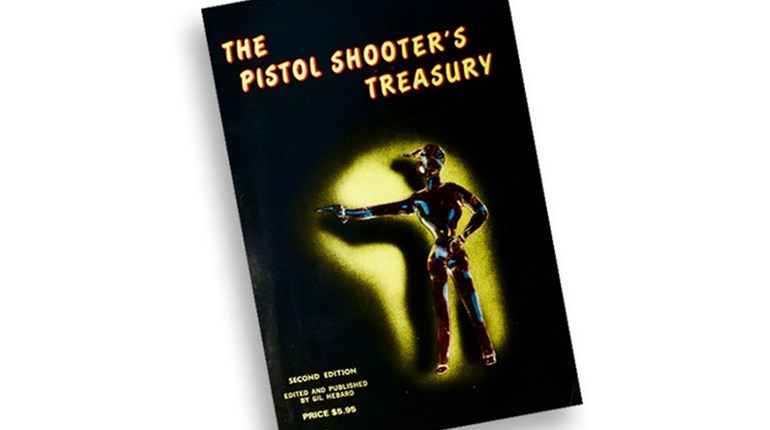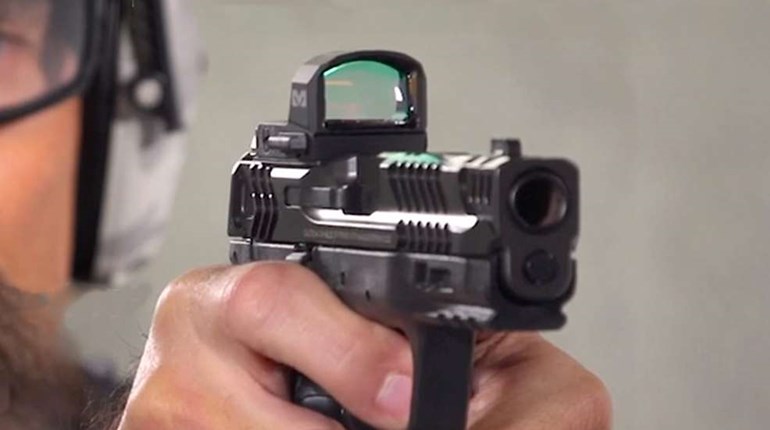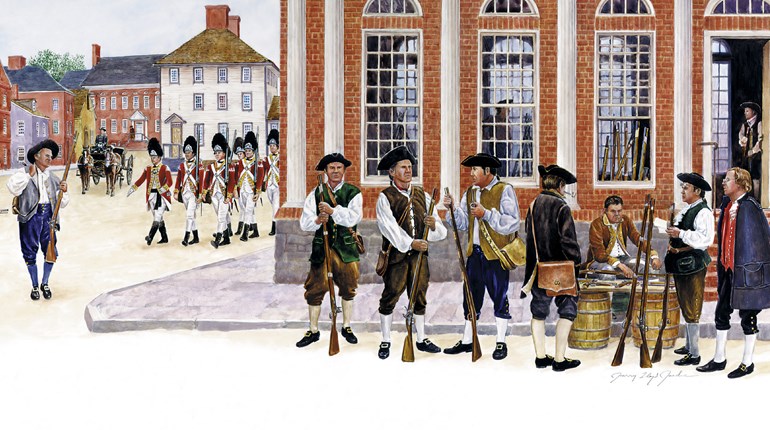
Regular “Carry Lifers” know we much prefer to stick to the useful, the objective, the constructive. Now and again, however, we happen across such outrageous claptrap that comment becomes necessary, mainly because it’s not useful, objective (or corrective, as in this case) and constructive to stay out of the fray.
Take a look here, and you’ll see what we mean. The short version is simply a beatdown of “old people” who want to own a firearm for personal protection. The thesis is as sketchily condescending as it is deeply prejudiced: Such old people—creatures never actually defined, we notice—shouldn’t have firearms because they’re ipso facto too infirm to use them. Beyond some unspecified age, we evidently become rightless un-persons, explicitly doomed to wait on help that may never arrive. We should shut up and take our lumps: lethal, merely injurious or otherwise.
We guess this is what passes for progressive thought, culture and compassion in the universe of Hillary Clinton and Bernie Sanders. For actual grown-ups who don’t want to breathe life into such snide assertions through misstep, however, Carry Life has a few suggestions.
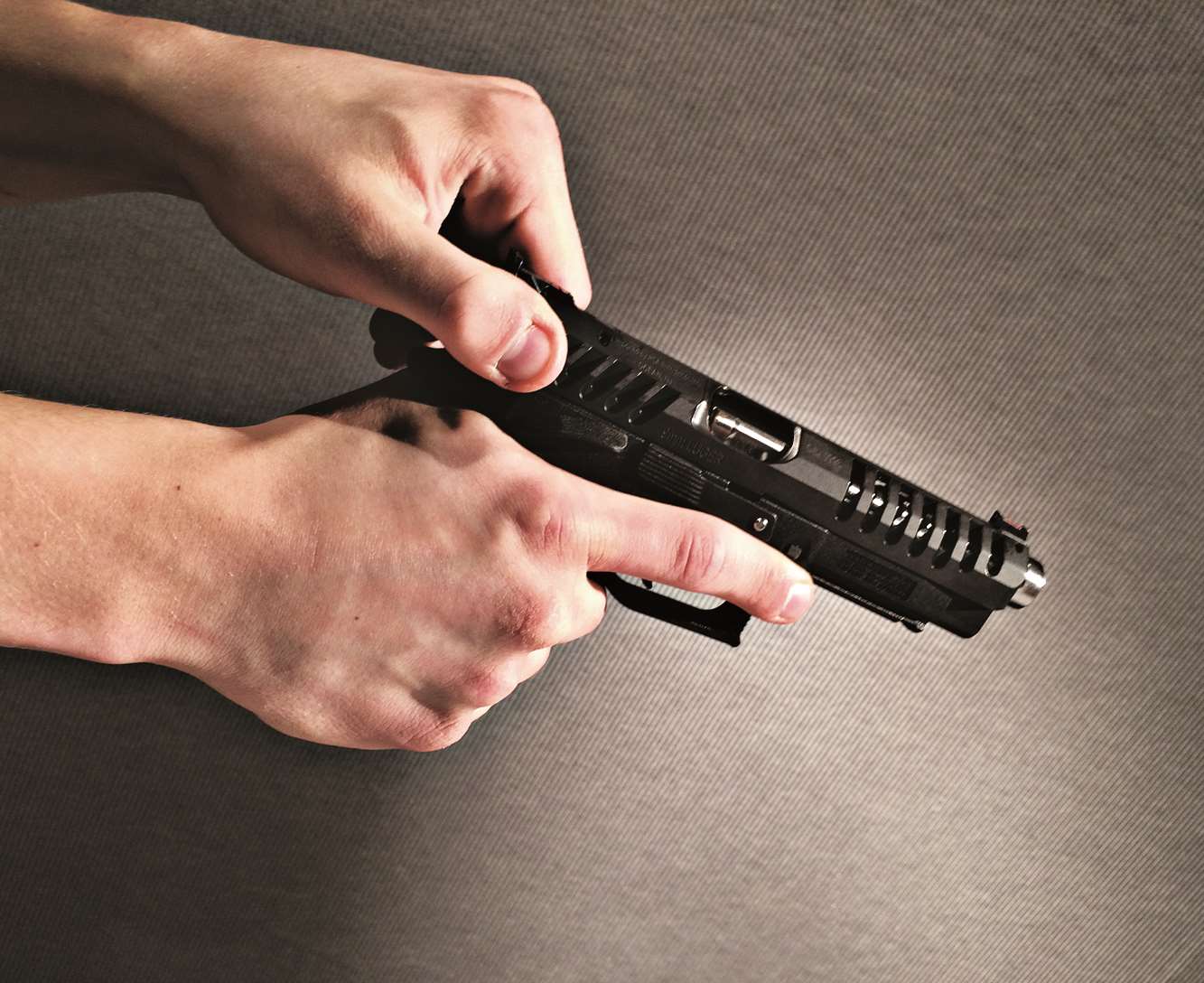
Handgun Technique
If you’re much past 40, a lot of what you know in this arena isn’t wrong, per se, but may prove increasingly, unhelpfully out of date. Ideas about the best head, body and particularly hand positions have changed in significant ways, both obvious and subtle. While we don’t know of any intentional accounting for age-related effects in these modern techniques, we’d argue there’s an important nugget here: Under close examination, most will disproportionately help less powerful (or smaller) shooters with no regard for the source of disadvantage—age, stature, gender, etc. They do so by putting genuine “combat” learning into play, and leveraging available body mass, substitutions for fine dexterity, and the application of larger, stronger muscle groups.The thesis is as sketchily condescending as it is deeply prejudiced: Such old people … shouldn’t have firearms.
A glaring example relates to auto-loader/semi-automatic slide manipulation. The over-40 crowd generally learned what’s called the “slingshot” method, and it’s OK for young, strong hands.
Oddly—and especially for a pointedly out-of-favor technique for those of any age—it is still reinforced by the design of the so-called cocking serrations on many semi-auto slides: those vertical or near-vertical grooves milled into both sides of the rear of the slide.
Sling-shotting to load or unload consists simply of pinching the thumb and forefinger of the weak hand over the cocking serrations, and pulling to the rear. Often, the pistol is sloped to the left for righties, and to the right for lefties. For chambering, the slide is then released to move (rapidly) forward under the tension of the recoil spring, and strip the top round from the magazine into the chamber. Unloading is a special case of the same action: With the magazine removed, a chambered round is extracted and ejected.
Locking the slide to the rear for administrative-type handling from this position was always a bit of a goat-rope, but within broad limits could be accomplished on the now-empty gun in a number of ways, none convenient. As originally designed, the slide lock wasn’t really intended for this at all—the magazine follower inside the pistol performed this function after the last round or spent case was fired (or ejected).
The bad news here is that a very specific sort of gripping strength is what makes this possible. It’s also the kind that seems to be an annoying, early casualty somewhere in the mid-50s for men, and often earlier for women. (Sorry, ladies: This is a gender-linked inequality that we quite agree stinks!) Apparently poor control of the firearm is exacerbated by sling-shotting as the pinching sort of grip strength departs: A tendency to push the pistol further and further out to increase leverage results in a disconcerting flail of the muzzle. It’s hard to argue that “control” seems a tenuous notion.
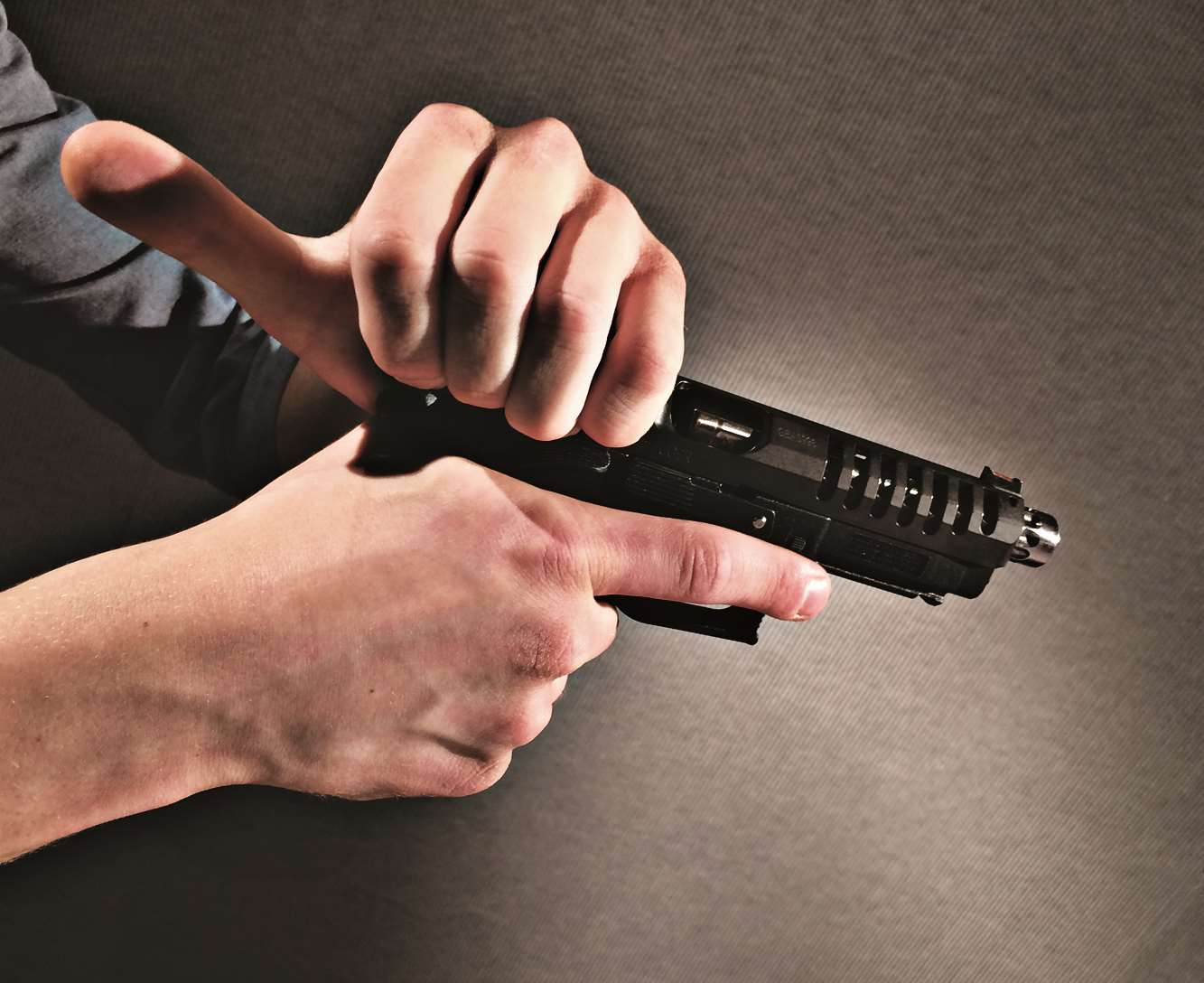
Modern doctrine goes at this task in a very different and vastly superior “overhand” way, and puts most of the power of both hands and the forearms (at least) into play. As we said, sling-shotting extends the pistol out from the body, while modern chambering and clearing brings the pistol in close to the chest. The weak hand grabs downward to the top of the slide with the thumb pointed roughly inward toward the shooter, and the base of the hand—the “pinky” end—just to the rear of the ejection port. Gripping power now comes from the entire base of the thumb on the left side of the slide and opposing either three or all of the fingers curled over the top onto the right side of the slide.A glaring example relates to auto-loader/semi-automatic slide manipulation.
For a right-handed shooter, clearing or chambering now proceeds with the strong hand pushing the grip/frame out/away, and the weak hand pulling backwards. Properly taught, this gets muscles as far away as the chest and shoulders into the cycling action. We knew a charming but arthritic, dead-shot 80-year-old grandma who brooked no defiance from the 40.5-pounds of resistance in a stock 1911 once she was taught this technique.
The crucial essence here is obvious from observation alone. It achieves far more contact area than the tips of the thumb and forefinger, and puts markedly more and stronger muscles in play. No (rightly) disconcerting muzzle waggle at all is the result, and it looks, feels and simply is better, to say nothing of safer and far more effective.
We know shooters who execute this with the weak hand in front of the ejection port too, and there’s an argument to be made that this is even better in terms of producing the needed cycling leverage, still more contact area, and allowing the best visual confirmation of what’s going on in the action. It requires an important caveat, however: Make sure that the weak hand does not pass in front of the muzzle to get atop the slide. It gets to its grasping position from the side, and sacrifices the grip of the little finger, as the base of the hand tilts up to stay clear of the muzzle.
Another benefit to either overhand method is that they can—and certainly should—dovetail with your malfunction clearing all but seamlessly. Behind-the-ejection-port is slightly faster because it leaves the pistol higher on the threat/sight line axis. In-front-of-the-ejection-port retains its superior leverage, and is faster on net for truly disastrous ammunition-sourced faults (as opposed to cycling faults from minor or non-ammo causes).
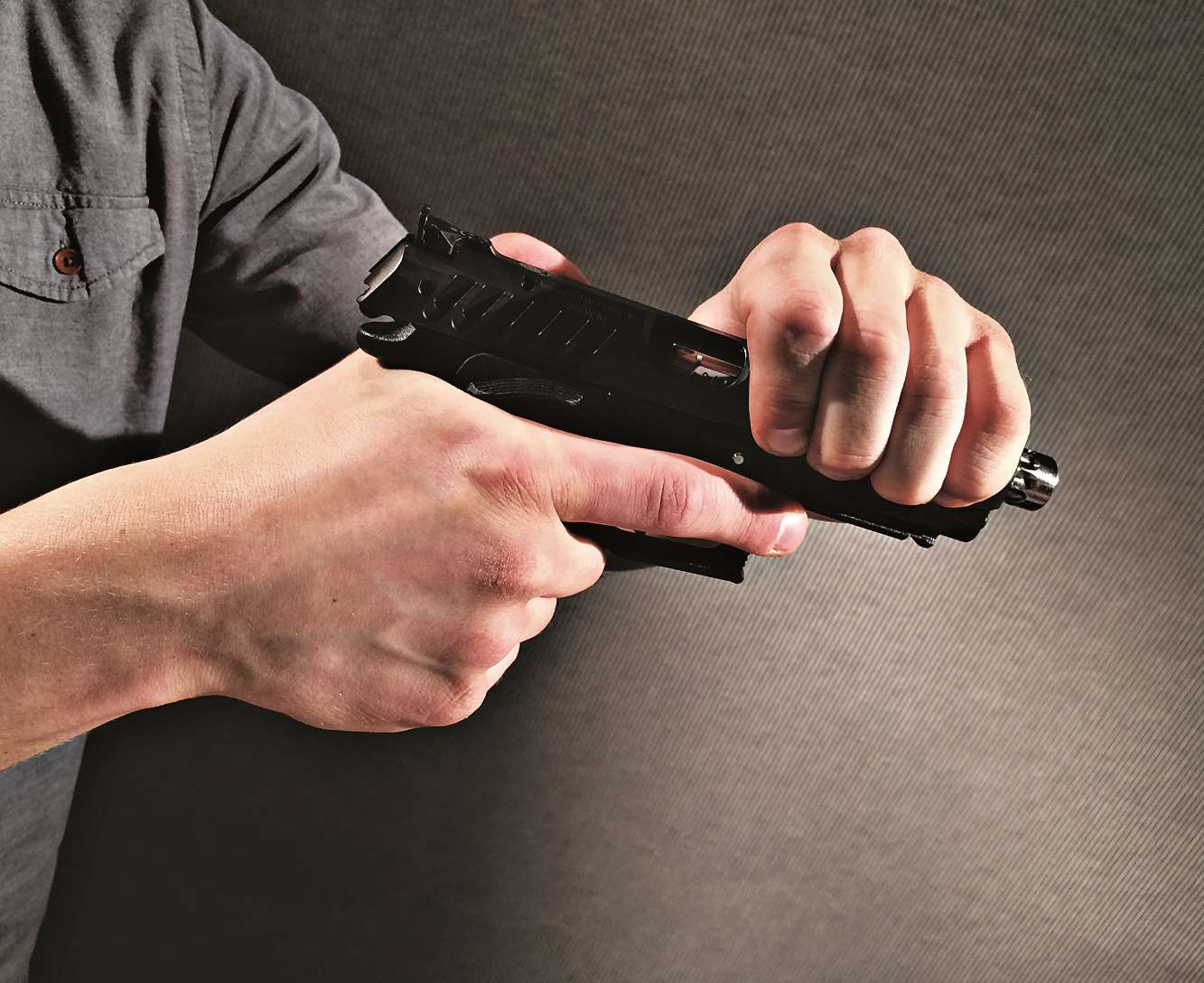
Whether you upgrade from slingshot or decide to tough it out, another error plagues all three cycling methods during the chambering operation. This is the tendency, even the inability, to let go of the slide fast enough. Once the slide is to the rear, disengage from it as rapidly as you possibly can. In the relatively weak slingshot, it’s easiest: The slide will generally run smoothly into battery precisely because control here is the least secure, and contact area smallest. As such, it constitutes the only advantage of sling-shotting.
Merely parting the grip with either overhand method may be inadequate because getting all the digits on both sides of the slide to open in absolute unison is tougher than you’d think. Even a rapid sequential—rather than instant—release of gripping tension results in the slide being “nursed” forward to some varying extent, and is an irritatingly consistent way to get otherwise reliable pistols to misfeed, as well potentially and dangerously setting back the projectile in the case. (This is because slide velocity is a factor in the changing angle of the cartridge’s feed path, and nursing drops that velocity below what the pistol is “expecting.”) It’s best prevented by lifting the hand sharply, vertically up from the slide; this makes it unnecessary to even think about opening the fingers.Another benefit to either overhand method is that they can—and certainly should—dovetail with your malfunction clearing.
Equipment
Just because you can still shoot your XYZ, it is sensible to do so? An example we see with lamentable regularity occurs on late summer or early autumn hunter sight-in days, where sporter-weight .30-06s beat the bejeepers out of four-score-years-old shoulders. Silly, given all the other calibers available today, to say nothing of muzzle breaks and soft shooting semi-autos. It is worse still when you consider that excess recoil may actually create bad habits in that otherwise safe and life-long shooter. A modicum of newer “kit” may put surprising pleasure back into shooting, and keep a wise, welcome pal in the field longer.
A little closer to Carry Life “home” is the defensive handgun our big-city pontificant so likely despises, especially if it’s in the hands of an older shooter. Here again, new technology presents a host of benefits. Modern polymer-framed guns spread out recoil impulse (which Mr. Youth-Will-Be-Served ignorantly calls "kickback") through engineered-in flex and sophisticated spring systems, and safeties are more directly, intuitively and speedily activated. Furthermore, modern sights and ammunition have improved vastly in the last decade, and a little research can match both to a handgun choice that’s safe around the grandkids, but a serious problem for belligerent, door-kicking punks.
Does this decree the abandonment of sentimental favorites or perfectly serviceable heirlooms? Absolutely not, but “real maturity mode” demands meaningful introspection, and wise, safe choices.
Practice
“Older,” or not, this should be a grail of sorts for shooters of every age. Like any acuity, shooting skills are blunted by disuse, particularly handgun skills. Despite manipulatively wordsmithed media howls to the contrary, the shooting sports and related defensive arts are growing (and crime outside the self-dug cesspool of gangs and drugs continues its 20-year slide). With that growth are ever-more-varied opportunities and venues in which to train and hone skills that are not only fun, but also life-saving. The silver lining is that it’s quite likely more fun than you remember, and perhaps an inter-generational gift and pleasure that no other constitutional prerogative can remotely approach.
We also believe that genuine maturity—as opposed to patronizing intolerance, however glib—illuminates a larger front in the fight against such sneering. Those of us living in some part of a second half-century of liberty know nothing will preserve and strengthen the Second Amendment like the calm, confident, competent practice of same. The willed ignorance that frames every subjugational flavor of the “you’re incompetent to defend yourself!” argument cannot withstand the radiance of this uniquely American truth.
Now Carry On.











